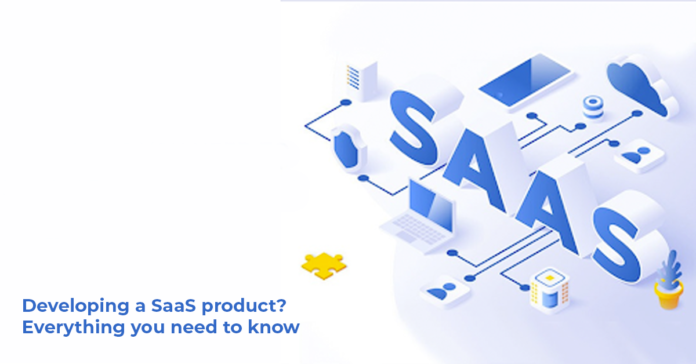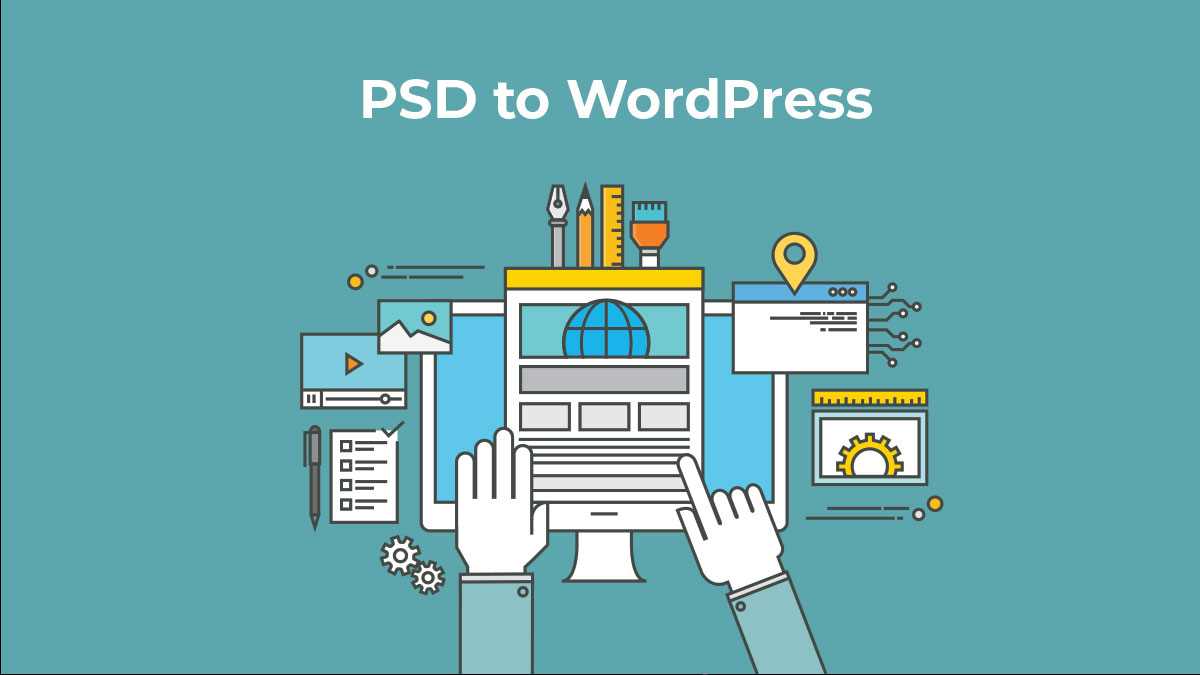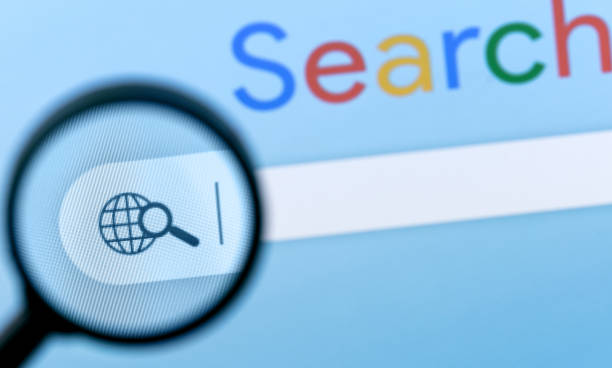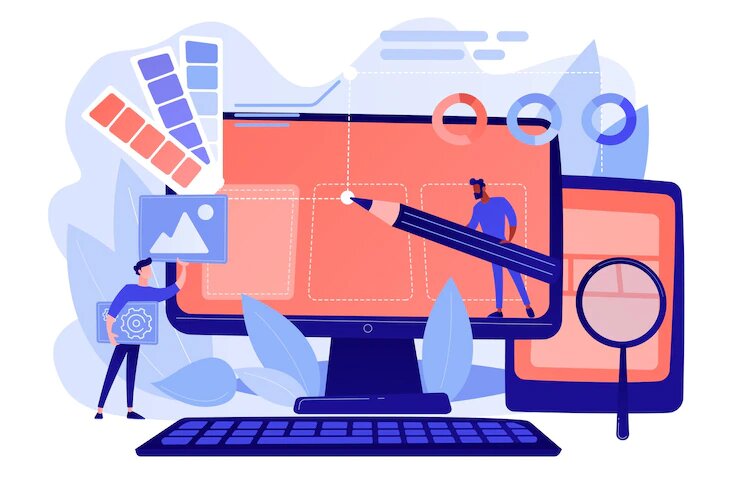Whether you’re planning to develop a SaaS product from scratch or whether you’re looking to make some changes to an existing one, there are several considerations that you should think about before you dive in. However, before we talk about those considerations, it’s essential to understand what SaaS stands for and what its development process looks like.
Finding the right market
It’s important to find a market that is both large enough to support your business and has a problem that your product can solve. You also need to make sure that the market is willing to pay for your solution. To find the right market, start by talking to potential customers and doing research online. Once you’ve found a promising market, it’s time to validate your idea. First, identify your target customer persona (or personas) and then craft an empathy map with questions that speak to their pain points. Find out if they’re happy with their current solution or not by asking them about their experience with other products in the space. Next, create a one-page hypothesis of what will happen if they buy your product and rate how likely they are to do so on a scale of 1-5. From there, refine or expand on your idea based on feedback from potential customers before going into more detail in order to test it further using wireframes or prototypes.
Understanding your customer’s pains
The first step in developing a SaaS product is understanding your customer’s pains. What are their daily struggles? What are their biggest challenges? Once you understand their pains, you can begin to develop a solution that will make their lives easier.
Testing your idea
Before you start building your product, it’s important to test your idea to see if there’s a market for it. This can be done by creating a minimum viable product (MVP) and testing it with potential customers. If you’re not sure how to create an MVP, there are plenty of resources online that can help. Once you’ve created your MVP, it’s time to start marketing it to potential customers. This can be done through online channels such as social media and email marketing.
Defining benefits and features
Before you start coding, it’s important to sit down and think about what your software will do and how it will benefit your users. What features will it have? How will those features help your users achieve their goals? Once you have a good understanding of the benefits and features of your product, you can start writing code.
Creating a marketing plan
You can’t just build a product and expect people to find it. You need to create a marketing plan that will help you generate leads, convert those leads into customers, and retain those customers. Here’s what you need to know to get started.
- Figure out who your target market is and what needs they have that your product can address.
- Research your competition and figure out what makes your product unique.
- Decide what kind of messaging will resonate with your target market and convey the unique value of your product.
- Create content that educates your target market about their needs and how your product can help them meet those needs.
Hiring your team
The first step in developing your SaaS products is to put together a great team. You’ll need a mix of developers, designers, and marketers who are all passionate about your product. The best way to find these people is through referrals from friends or colleagues. Once you have your team in place, it’s time to start development!
Finding financing
Before you can even begin to think about developing your software, you’ll need to find the financing to get started. This can be difficult, especially for first-time entrepreneurs. There are a few options available, such as venture capitalists, angel investors, or even crowdfunding. Do your research and figure out which option is best for you and your business.
Getting ready for launch
Before optimizing your sales funnel, you need to ensure that your website is driving traffic to your landing pages. Once you have a steady stream of visitors, you can start testing different versions of your sales funnel to see what converts best.
Given few points needs to keep in mind:
- Confirm your website is optimized for program ranking. this may help make sure that people can find your site when they’re looking for keywords associated with your business.
- Drive traffic to your landing pages with targeted ads and content marketing.
- Test different versions of your sales funnel and track the results.
- Analyse the data to see what’s working and what’s not.
- Make changes accordingly and continue testing.
Launching your MVP (minimal viable product)
Before you launch your MVP, it’s important to validate your idea with potential customers. This can be done through market research, surveys, interviews, and other methods. Once you have validated your idea, you can begin building your MVP. Keep in mind that your MVP should be focused on solving one specific problem for your target market. Don’t try to do too much with your MVP or you’ll risk overwhelming your users. Launching your MVP is just the beginning–be prepared to continue developing and iterating on your product based on feedback from users.
Optimizing your sales funnel
In order to optimize your sales funnel, you need to first understand what your customer’s journey looks like. Once you know this, you can start to create content and develop an effective strategy that will help guide your potential customers through the buying process. Additionally, it’s important to track your results so that you can continually improve your funnel. Here are a few things to keep in mind when optimizing your sales funnel
















